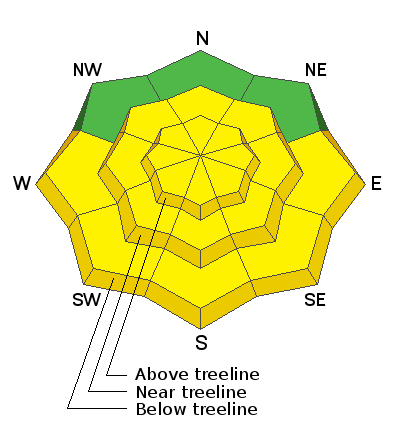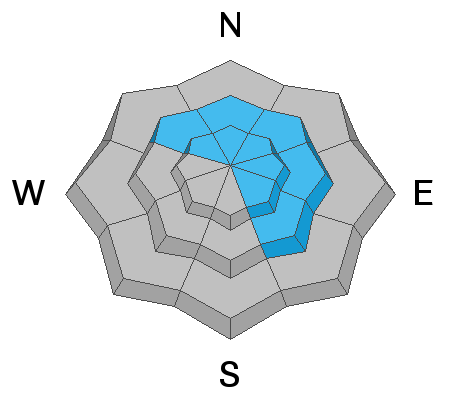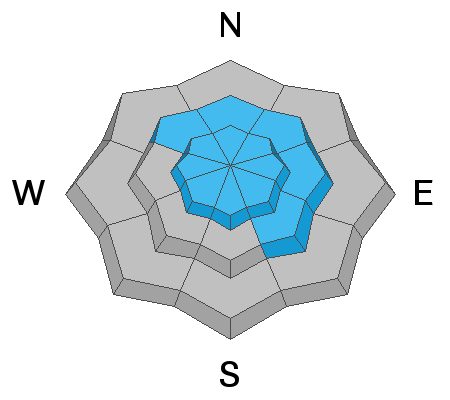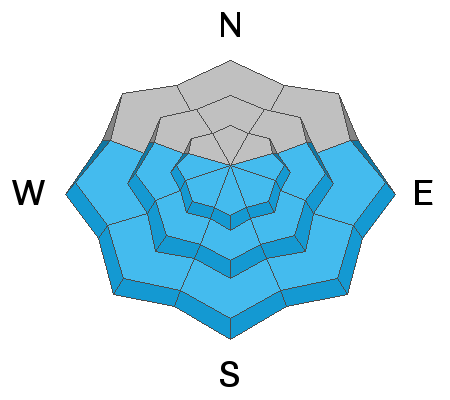Forecast for the Moab Area Mountains

Issued by Eric Trenbeath on
Thursday morning, March 18, 2021
Thursday morning, March 18, 2021
It is still possible to trigger a deep and dangerous avalanche on a buried persistent weak layer on slopes steeper than about 30 degrees that face NW-N-E-SE and a higher-end MODERATE avalanche danger exists in these areas. In addition, many of these same slopes have deep, potentially unstable wind drifts adding to the problem, and steep, wind drifted slopes should be avoided. We've seen a significant recent load on our snowpack and numerous natural avalanches occurred on a known persistent weak later. Let's give the snowpack more time to adjust before we venture into larger terrain.
As things heat up today anticipate a MODERATE danger for loose, wet avalanches on sun exposed slopes. Signs of instability include rollerballs, pinwheels and sloppy wet snow up around your boot tops. Get off of and out from under steep slopes when these signs are present.

Low
Moderate
Considerable
High
Extreme
Learn how to read the forecast here









